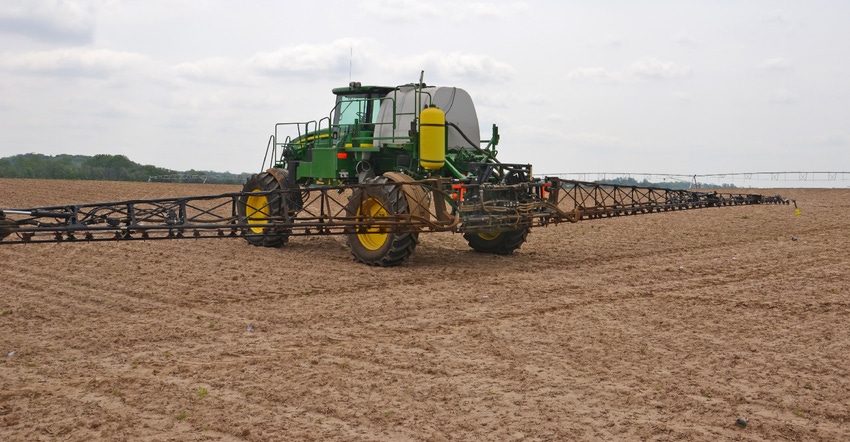January 8, 2021

Results from a recent Ag Economy Barometer survey indicate about 60% of those surveyed think this is a good time to bring a new generation into the operation. About 50% say their farm will grow in the next five years. As a farm expands, it’s important to evaluate the feasibility of adding a family member, as well as purchasing or renting additional land and machinery.
The feasibility of augmenting labor depends on two critical factors: gross revenue and profitability. Most accrual income statements include a line for gross revenue. To compute gross revenue, add crop and livestock sales to government payments, crop insurance indemnity payments and miscellaneous income such as patronage dividends or custom work payments. Subtract beginning crop and market livestock inventories from ending crop and market livestock inventories.
Profitability can be measured using the net farm income ratio, the operating profit ratio, return on assets or return on equity. For definitions, see Benchmarking Profitability and Financial Efficiency.
Profit margin
I recommend using operating profit margin to gauge profitability. Add interest expense and subtract family living expenditures from net farm income. Then, divide the result by gross revenue or value of farm production.
A commonly used benchmark for operating profit margin ratio is 20% or higher. For most farms, this ratio has been below 20% since 2014, and was above 20% from 2007 to 2013. Think of it as a long-term benchmark, like a 10-year measure. It’s a way of examining the feasibility of adding another operator in the long run.
Using gross revenue and operating profit margin, along with information on family living expenditures and machinery needs, you can come up with a benchmark feasibility measure. Most machinery and equipment needs are covered using depreciation, a noncash item. I’m including these needs here to reflect that the farm is growing. Otherwise, you could rely on depreciation to replace machinery and equipment.
So, if you need $100,000 to pay an additional operator and to help purchase machinery and equipment to expand, and you have a long-run average operating profit margin of 20%, your farm would need at least $500,000 to cover this additional person. Put differently, your farm needs at least $500,000 of gross revenue per worker to fully cover labor expenses.
So, if the farm currently has two operators and an average gross revenue of $1,350,000 over the past several years, adding another full-time employee doesn’t appear feasible. After adding the individual, average gross revenue per worker declines to $450,000, which is below the benchmark. Without the addition of another individual, gross revenue per worker is $675,000.
Other adjustments
Here are two caveats: First, it’s important to include seasonal or part-time workers to the gross revenue per worker computations. If the farm has two part-time employees who each work one-quarter of the year, they should be included in the computation. Instead of just dividing by two operators before adding another person, divide by 2.5 workers.
Second, if long-term profitability is not 20%, the gross revenue benchmark needs to be adjusted. For example, if the long-term profit margin is 10%, the benchmark becomes $100,000 divided by 10%, or $1,000,000 per worker.
Langemeier is a Purdue University Extension agricultural economist and associate director of the Purdue Center for Commercial Agriculture.
About the Author(s)
You May Also Like






